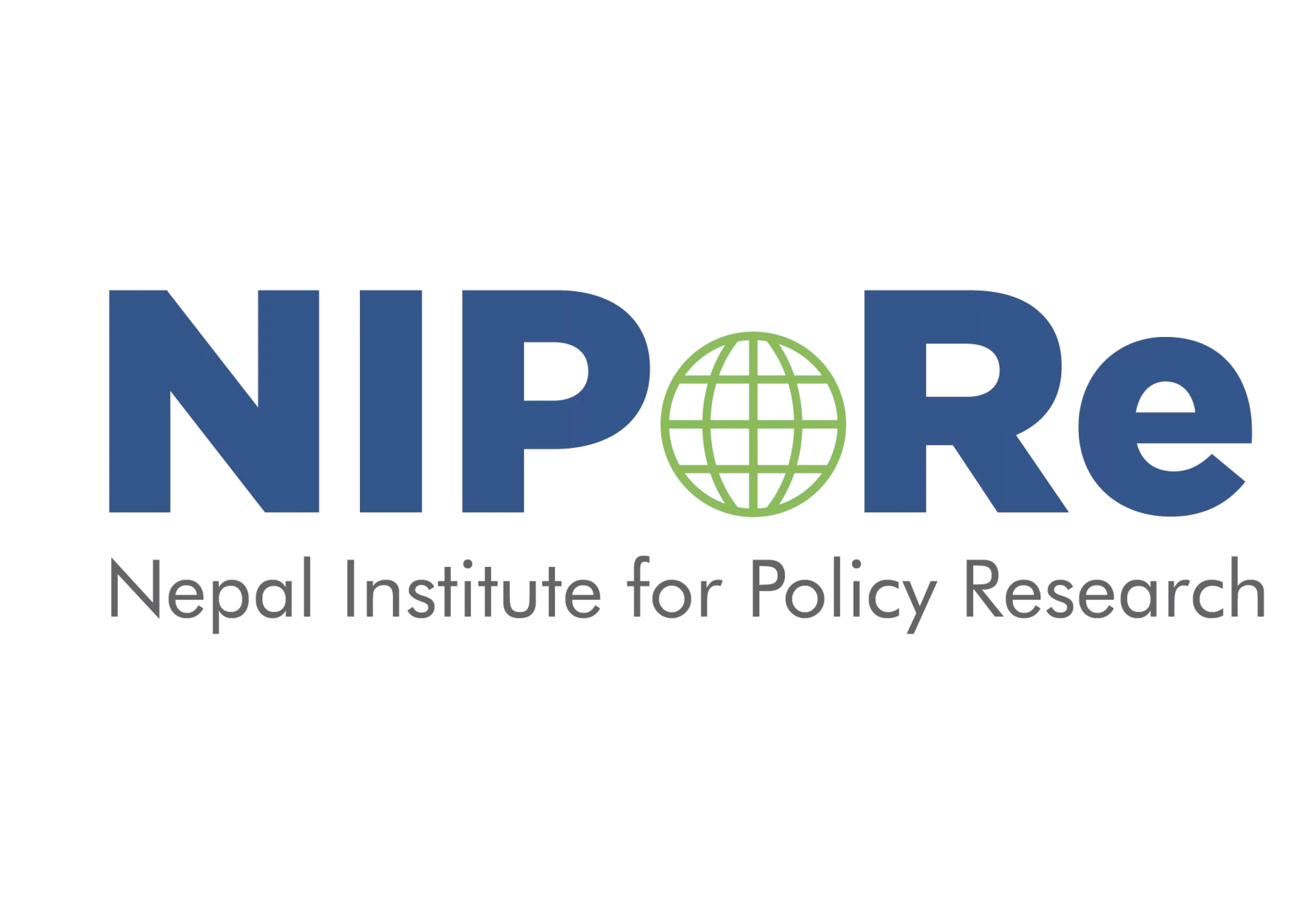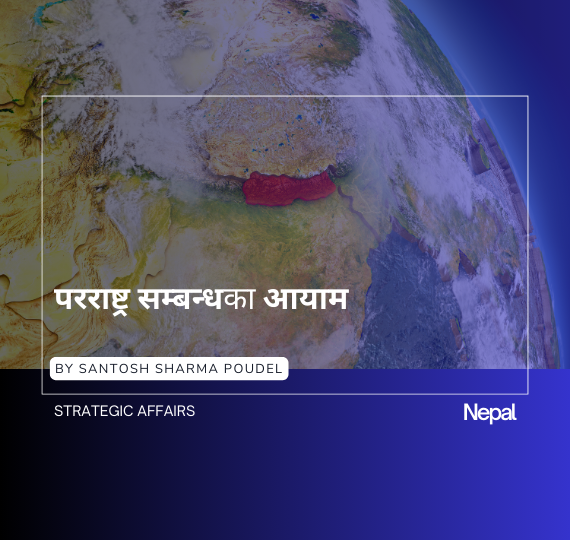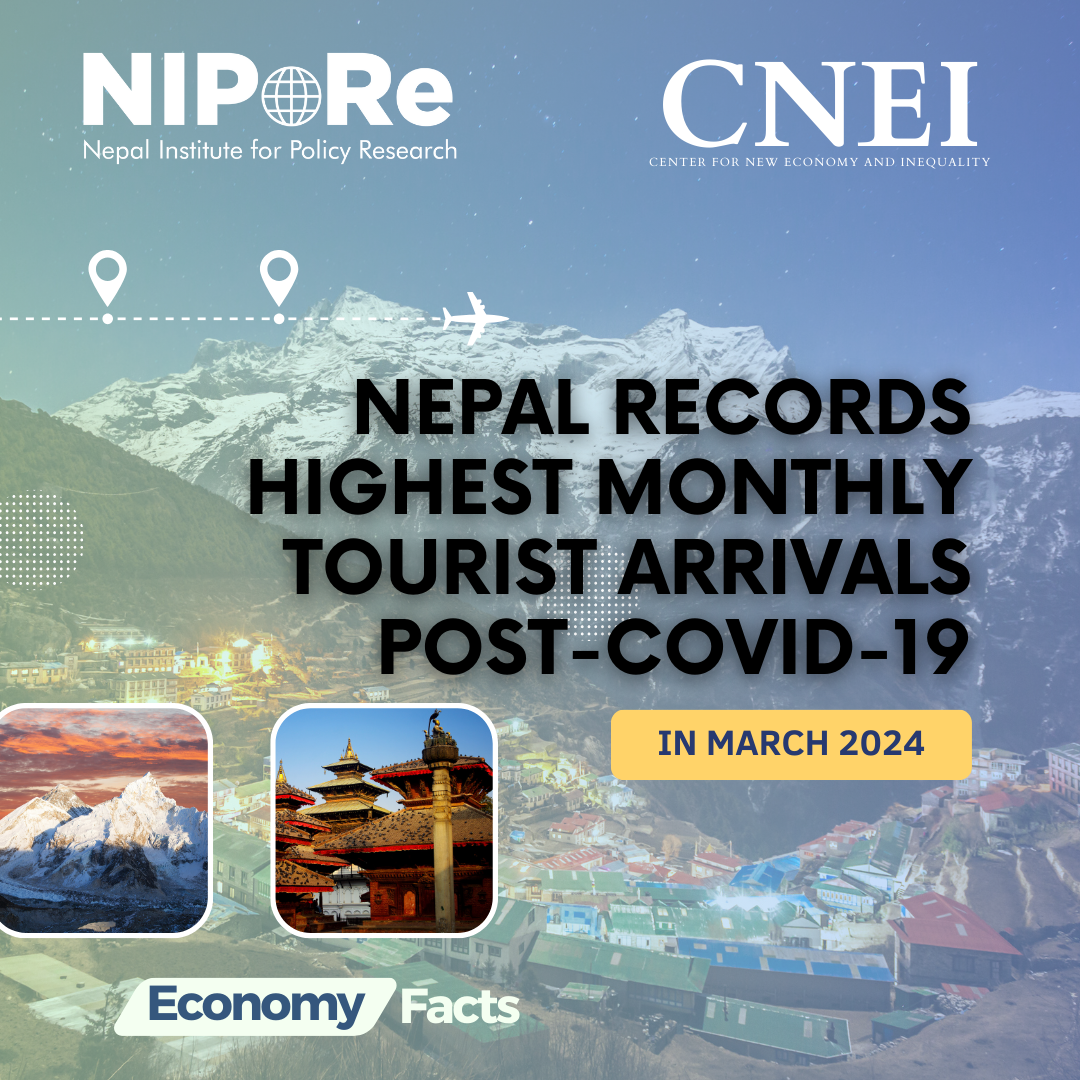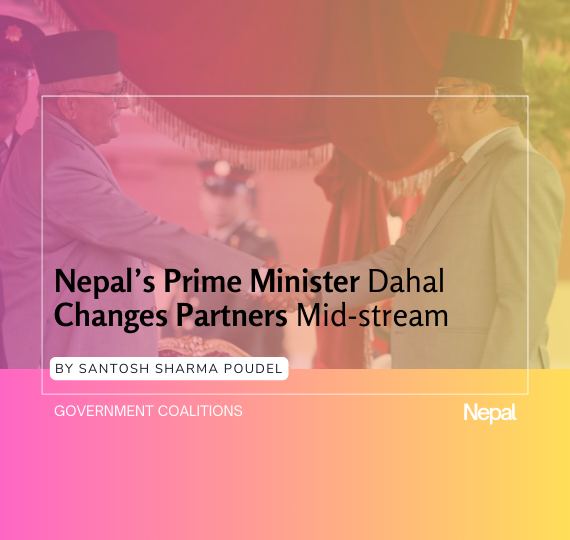Key Aspects of India-Nepal Logistics Summit 2019
Synopsis
Last month (on July 28th), for the very first time, India-Nepal Logistics Summit was held in Kathmandu, Nepal. Co-organized by Federation of Nepalese Chamber of Commerce & Industries (FNCCI) – the custodian and largest private sector organization in Nepal, the Summit was an expression of the need felt by Nepal’s business community to integrate logistically local businesses into the global supply chain. The theme of the Summit was ‘Transforming Logistics Landscape’. While the Summit is a progressive step forward, it is too quick to judge if merely holding such an event will transform the country’s logistics landscape. This commentary first examines Nepal’s existing logistics landscape and its place in the world by referring to the highly comprehensive Logistics Performance Index. Since the Summit is between India and Nepal, a further examination is also made on the existing state of trade-related logistics between the two countries.
Background
The India Nepal Logistics Summit was jointly organized by FNCCI and Maritime Gateway, a media house based in Hyderabad, India. While the Summit was inaugurated by the Nepali Prime Minister, Mr. KP Sharma Oli, absence of his Indian counterpart – Mr. Narendra Modi – demonstrated that the event was an expression of Nepali rather than the Indian aspiration to improve its logistics landscape. Further, PM Modi’s written statement fell short of directly referring to the Summit by name and rather had a generic tone to it. It wrote, ‘India will always stand by Nepal in its quest for all-round growth. Emphasis will be on completion of connectivity projects outlined in the past.’
“Transforming Logistics Landscape”
The theme of the Summit was ‘Transforming Logistics Landscape’. Before commenting on the theme itself, it will be necessary to closely look at Nepal’s current logistics landscape first. To that end, there may not be a better reference than the Logistics Performance Index (LPI) that ranks 164 countries based on six comprehensive indicators. The LPI states that the logistics pertains to ‘how efficiently supply chains connect firms to markets.’ For Nepal, it would mean how well-connected Nepali firms are with the global supply chain and the markets abroad.
Now, let us explore the phrase used for this year’s theme word-by-word. The “Logistics landscape” comprises of the entire gambit of physical infrastructure, human capacity at the custom points, transportation endowment as well as agreements that are in place with the transit countries. While, “transformation” is defined by most dictionaries as extensive changes in the current scenario. To really transform Nepal’s logistical landscape, billions of dollars investment and an all-encompassing national plan would be required as ‘logistics is not just about connecting infrastructure but encompasses regulation of services, sustainability, and resilience, or trade facilitation.’

Figure I: The six indicators on which the LPI rankings are based (Competing to Connect 2018)

Figure II: Nepal’s comparative rankings in the LPI (Data: World Bank)
Figure II compares Nepal performance in logistics with India, China, Germany, the South Asian and East Asian region, and finally low-income countries. These comparisons help in providing a perspective on where Nepal stands in terms of its logistics landscape.
The first column titled LPI is the aggregated scores, which is the weighted average of the country scores on the six key dimensions based on which the ranks are determined. In 2018, Nepal ranked 121 out of 167 countries that were ranked, while India stood at 42 and China at 27. South Asia, on the whole does not fare too well and is almost at par with Nepal on almost all the indicators. I have also compared South Asia with the most economically vibrant region in Asia, i.e. Southeast Asia. All countries and regions are then juxtaposed with Germany, which ranks 1st in the LPI and scores close to 5 on all indicators (a score of 5 denotes best possible performance in any given indicator).
Nepal-India Logistics Landscape
For very obvious reasons, India warrants special mentions when discussing Nepal’s logistics landscape. The economist Paul Collier observes that neighbors matter more when a country is landlocked. While comparing two landlocked countries, he writes- ‘Why is Uganda poor when Switzerland is rich? It is indeed partly that Switzerland’s access to the sea depends upon German and Italian infrastructure, whereas Uganda’s access to the sea depends upon Kenyan infrastructure.’ In 2018, while Germany ranked first in the LPI, while Kenya ranked 63. As an extension to this logic, the extent of access Nepal gets to the world depends on India’s performance in general infrastructure and how well the former negotiates to get access to the Indian infrastructure.
“If you are coastal, you serve the world; if you are landlocked, you serve your neighbors,” Colliers further contends. He also suggests, no matter how far or near a landlocked country is situated from the closest shore of the neighbor; the cost of exporting is usually very high. The coastal country’s expenditure on transport infrastructure determines the transport cost for a landlocked country. “If you are landlocked with poor transport links to the coast that are beyond your control, it is very difficult to integrate into global markets for any product that requires a lot of transport, so forget manufacturing- which to date has been the most reliable driver of rapid development”. This means, if the coastal neighbor has extremely efficient transportation system, it is favorable for its landlocked neighboring country.
Maybe it is too quick to judge if such Summits will ‘Transform Logistics Landscape’. Some points to consider why:
The Summit is clearly an expression of Nepal’s needs rather than India’s in terms of wanting to improve its logistics landscape. Hence, there is a clear asymmetry in terms of interests expressed between Nepal and India. Take for instance, from the Indian side the highest-ranking official was the Indian Ambassador to Nepal, accompanied by the Special Secretary (Logistics), Ministry of Commerce and Industry. This asymmetry necessitates Nepal to continually take initiation even when India may not proportionally reciprocate.
While the speakers and representatives from both the countries did focus on the need to improve connectivity, there was no mention of what potentially could be traded. What can Nepal possibly export is another discussion that has also come to be associated with the China-Nepal railway projects. With billions of dollars in investment, while China would inundate Nepali market with its exports, but how would Nepal take advantage of its access to Chinese markets in terms of exports? If the costs of exporting these goods come at a prohibitive cost, it hardly makes economic sense to go ahead with such projects. The discussion about improving Nepal’s industrial productivity should go hand in hand with improving its logistics infrastructure. The implication is, if trade is limited, investors will hardly find it attractive to finance in logistics infrastructure.
Key Implications
- On the whole, the Summit is a positive initiative. It indicates that Nepali entities other than the Government are willing to take initiative and bring the government on board eventually. Although, it needs to be considered that logistics is closely tied with the general infrastructure of a country, more than just improvement of physical connectivity. Meaning, without the Nepal Government spearheading it, there is less scope for wide-spread improvement in the logistics landscape, as the task would entail involvement of numerous ministries, central and the provincial governments.
- While it is laudable that organizers such as the FNCCI did initiate this important Summit, it was hard to come across any coherent plan that integrates Nepal and India’s logistics landscape- neither reflected in the presentations made by the speakers from the Indian side nor FNCCI or Government authorities. What one can find after reading these presentations and other provided documents is, they are all based on individual opinions (which does not amount to much in terms of making things happen on the ground). Nothing substantial or concrete were brought on the table, especially in terms of G2G collaboration between India and Nepal.
References
- Arvis, J., Ojala, L., Wiederer, C., Shepherd, B., Raj, A., Dairabayeva, K., & Kiiski, T. (2018). Connecting to compete 2018 : Trade logistics in the global economy. ().World Bank, Washington, DC. Retrieved from http://documents.worldbank.org/curated/en/576061531492034646/pdf/128355-WP-P164390-PUBLIC-LPIfullreportwithcover.pdf
- Collier, P. (2008). The bottom billion: Why the poorest countries are failing and what can be done about it. New York: Oxford University Press.
- World Bank. (2019, Aug 08). Logistics Performance Index. Retrieved from https://lpi.worldbank.org/
Contributor’s Note: All the presentations, key messages, other program and proceedings can be found here.




